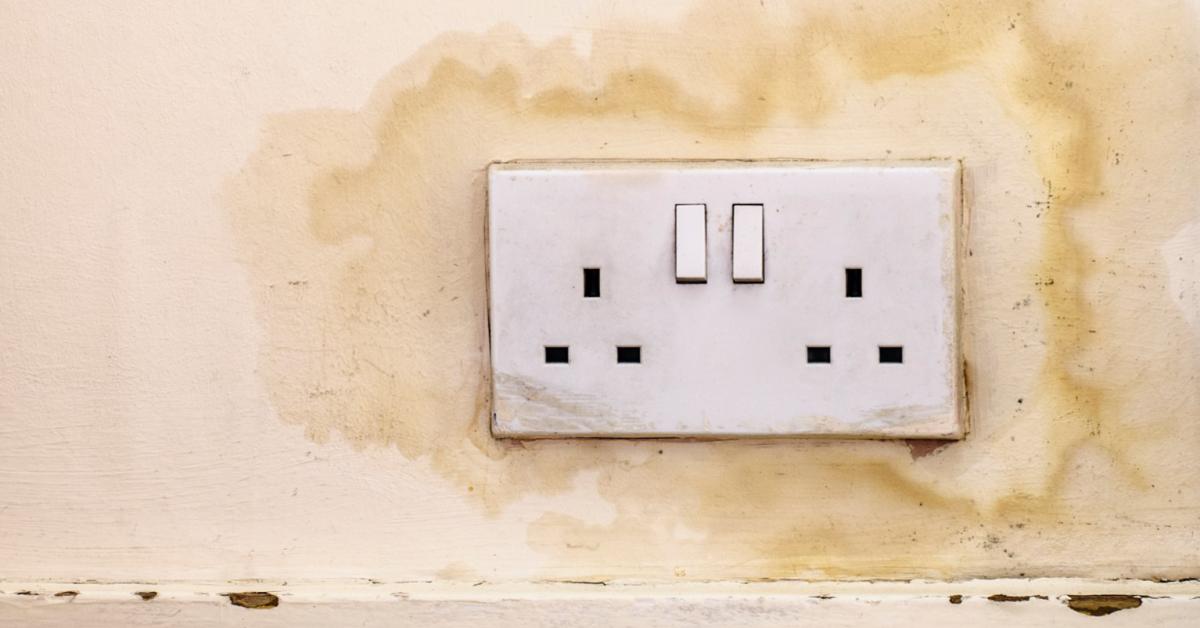

The Housing Health and Safety Rating System review
Renting out and managing a property is not an easy job, but understanding the Housing Health Safety and Rating System (HHSRS) and its application make it even harder.
Although the topic may not appear the most exciting, it affects all landlords and how they let property. HHSRS is the mechanism by which local authority officers judge if a property is safe and whether it can be legally rented out. The way that decisions are made under HHSRS is currently cloaked by the opaqueness of the rating process. But this is about to change.
The UK Government is reviewing the system and proposing the introduction of minimum standards, to make it easier for landlords and tenants to use. This is welcome and the hidden HHSRS process that is privy to a few won’t be such a mystery anymore. The proposed new system will be open, transparent and have worked examples, so those affected know what they are being judged against.
What is HHSRS?
The HHSRS system was created out of the 2004 Housing Act and the government defines it as:
“…a risk-based evaluation tool to help local authorities identify and protect against potential risks and hazards to health and safety from any deficiencies identified in dwellings”.
It is this system that is used by environmental health officers when they inspect a property. The proposed change will mean that all parties will know what the minimum standard for a property is, and what the potential dangers are. It will give worked examples for the minimisation or removal of such hazards. All parties will know what they are being judged against. Revolutionary, one might say.
There are currently 29 different hazards as part of the rating system. Each hazard is judged by the enforcement officer and ranked. If the hazard is deemed to be serious, it will be classified a ‘category 1 hazard’ and a process to resolve this will begin. The local authority has a legal duty to resolve the issue. If the hazard is deemed to be ‘category 2’, that is, less serious, the local authority can still take action or propose a solution to the problem. They can also point out potential risks that exist in a property.
Why the review is important
The move to more transparency will reduce conflicts in interpretation and make it more open to landlords and tenants to engage with the process. Worked examples of minimum standards are a positive step which will help landlords understand their duties under the regulations.
The government review of HHSRS is due to complete in the next two years, and the NRLA sits on the project board feeding into the work alongside a wide range of stakeholders across the sector. As the work progresses, we will keep you up to date on what the changes will likely mean for landlords.
In the meantime, NRLA members can find out more about the existing system on our Resources page.
- Learn more about Property Standards and Safety in our eClassroom course for landlords. This course covers HHSRS, damp, security and much more. Next date: 14th September 2021.

